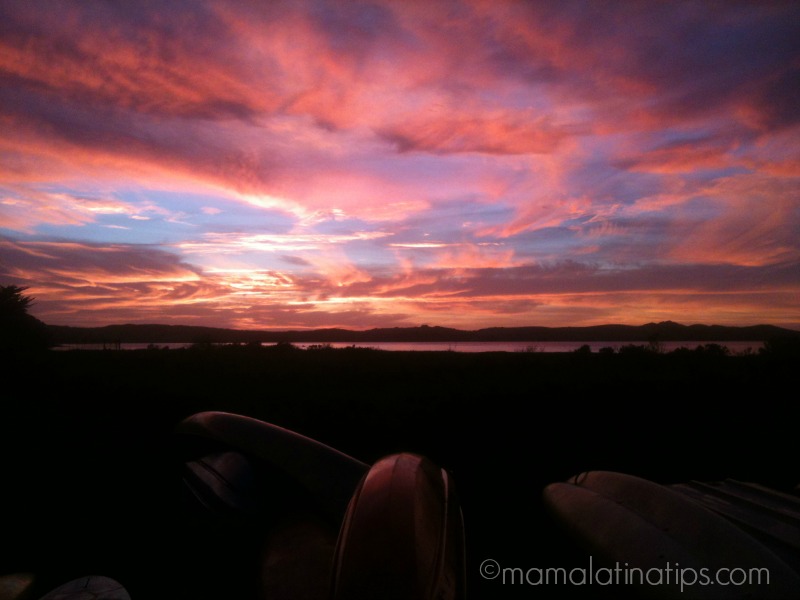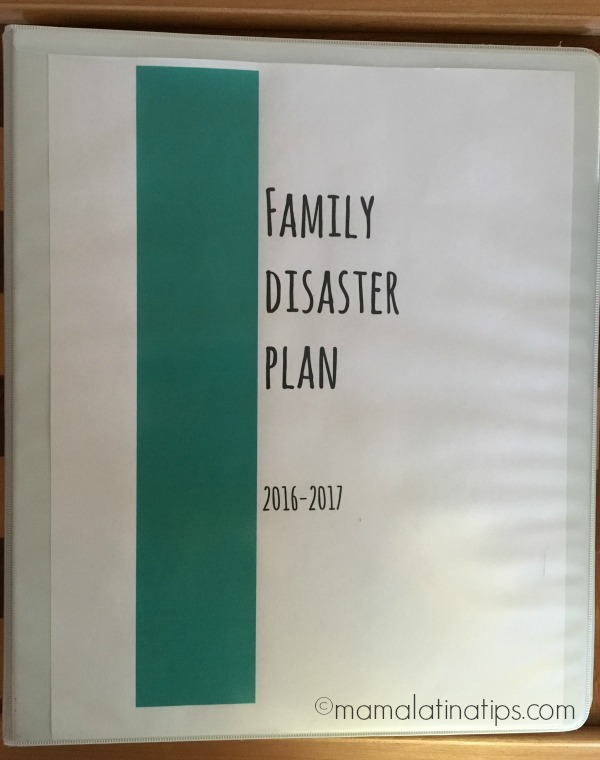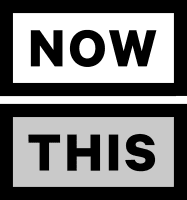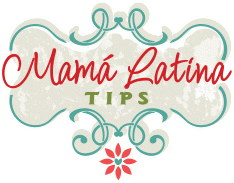Thanks to the great folks at State Farm for making this family emergency plan post possible. As always, my comments and opinions are my own.
At some point last summer, there were three major forest fires burning near us—one to the north, one to the south, and one to the east. Near enough that, except for when the wind was coming from directly off the ocean to the West, we had smoke over our village most of the time.
To be clear, we were never personally at risk from any of these fires. Smoke travels far. But we were close enough that the fires were the lead story on the local news every night and morning for weeks.
All this news coverage had my boys asking a lot of questions, which gave me the perfect opportunity to review our emergency preparedness supplies and our family disaster plan with them again. It was our first plan review since we put it all down on paper last Spring.
For the boys, I know it was reassuring to know they had remembered where we were all supposed to meet and who to call in the event of an emergency. But we also discovered a few details we needed to cover, update, and revise as well.
Here are 7 tips and resources for helping prepare your family for an emergency:
Build a Kit
You’ll want an emergency kit for the family that includes food, water, and a can opener that doesn’t need to be plugged in. You’ll also want health supplies, like your medicines, personal hygiene items, and safety items like a first aid kit.
For a good list of these and much more, check out the Centers for Disease Control Emergency Preparedness and Response page here.
Make a Family Emergency Plan Together
Once you’ve got your basic supplies together, it’s time to sit down with the family and make a plan. Start by considering what kind of disaster you might be planning for. A tsunami plan will look quite different from a tornado plan. And it’s quite likely you won’t need both.
In any event, the plan helps you find each other and helps you to remember the important stuff, like insurance policies, phone numbers and where to meet.
We used this excellent form from the American Red Cross for our plan. Doing it together helped highlight each person's roles and needs.
As an example, we discovered our youngest needed practice with phones and phone numbers. In addition to the Red Cross form I mentioned, we found this page useful especially for the wallet sized card templates at the end, perfect for the boys to carry in their school backpacks.
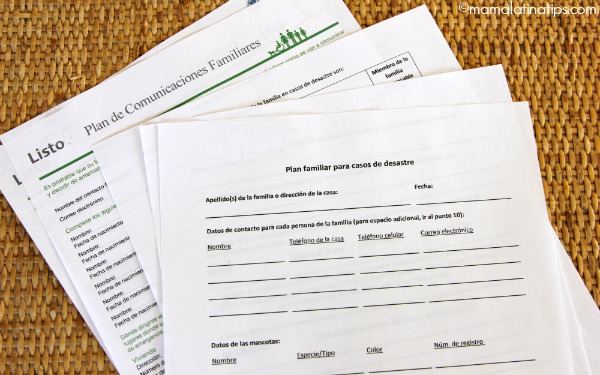
Information
Spend a little time thinking about how you will get local emergency information where you are. Each area does things a little differently.
Consider signing up for emergency texts, follow local emergency services on social media, and find out if your area has reverse 911 services available. There are some smartphone apps that might be helpful, too.
Train
Consider training in pediatric and adult first aid, CPR, and the use of an AED.
Practice
Practice putting your camping stove together and practice opening a can with that opener on your pocketknife or multi-tool. Also, practice getting out of the house safely.
Review
I want to emphasize that things change quickly. Consider reviewing your family emergency plan at least twice a year and check the expiration on your emergency supplies and medicines often. Are your phone numbers, policy numbers, contacts still the same?
Repeat
Probably the biggest lesson for us from this summer’s experience is that a family emergency plan is a living, changing document that needs reviewing and revising regularly. Our plan was just four months old and there were already updates we needed to make.
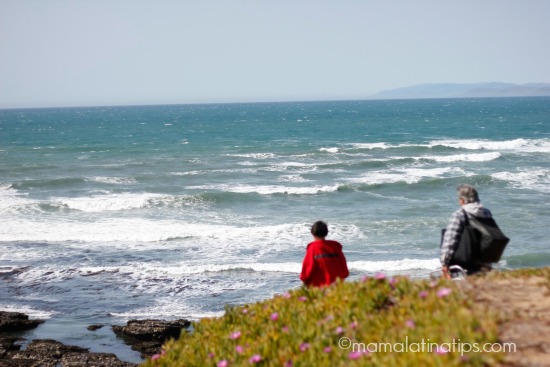
We all need to be prepared for emergencies. Planning for and preventing emergencies are key. State Farm offers personalized services and solutions to help you answer all your questions and concerns. For more information, check them out here.
Be safe!
- Creamy Coffee Flan Recipe - May 14, 2024
- Cantaloupe Agua Fresca Recipe - April 30, 2024
- Pineapple Agua Fresca Recipe (Agua de Piña) - April 27, 2024
